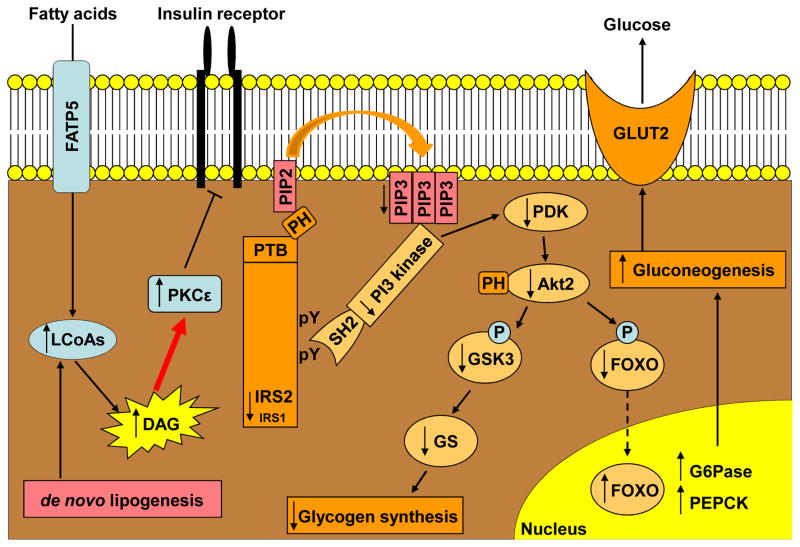Figure 1. Molecular Mechanism of Diacylglycerol-PKCε Mediated Hepatic Insulin Resistance.
The accumulation of diacylglycerol (DAG) in the liver leads to the activation of protein kinase Cε (PKCε), which subsequently inhibits the insulin receptor kinase. This then leads to decreased insulin-stimulated tyrosine phosphorylation (pY) of insulin receptor substrate 1 and 2 (IRS1, IRS2), resulting in reduced insulin activation of 1-phosphoinositol 3-kinase (PI 3-kinase) and Akt2. Reduced Akt2 activation results in decreased glycogen synthase (GS)-mediated glycogen synthesis and decreased suppression of gluconeogenesis, which in turn leads to glucose release through glucose transporter 2 (GLUT2). FATP5, fatty acid transport protein 5; FOXO, forkhead box protein O; G6Pase, glucose-6-phosphatase; GSK3, glycogen synthase kinase-3; LCoAs, long chain fatty acids; PDK, pyruvate dehydrogenase kinase; PEPCK, phosphoenolpyruvate carboxykinase; PIP2, phosphatidylinositol bisphosphate; PIP3, phosphatidylinositol trisphosphate; PH, pleckstrin homology domain; PTB, phosphotyrosine binding domain; SH2, src homology domain.

